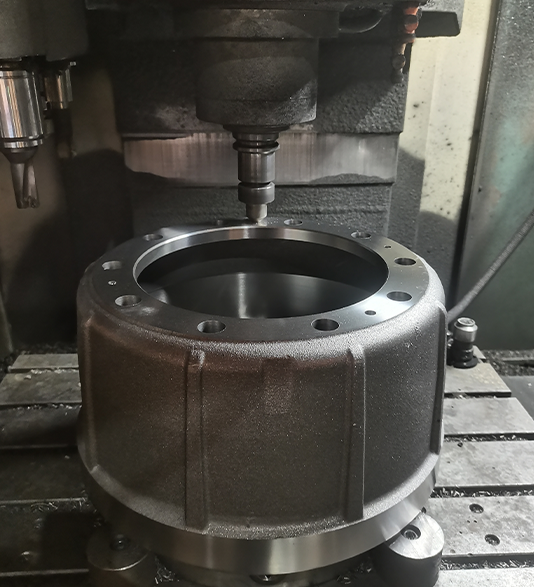12 月 . 04, 2024 10:02 Back to list
disc brake drum brake
Understanding Disc Brakes and Drum Brakes An Insight into Automotive Braking Systems
Braking systems are one of the most crucial components of automobiles, ensuring the safety and control of the vehicle. Among the various types of braking systems, disc brakes and drum brakes stand out as the most common. Each system has its unique characteristics, advantages, and disadvantages, making them suitable for different applications and vehicle types. In this article, we will explore the fundamental differences between disc brakes and drum brakes, focusing on their design, performance, and best-use scenarios.
The Basics of Braking Systems
Both disc brakes and drum brakes serve the primary function of slowing down or stopping a vehicle, but they operate on different principles. Disc brakes consist of a flat, circular disc (or rotor) attached to the wheel, while drum brakes consist of a cylindrical drum that rotates with the wheel.
When the driver presses the brake pedal, hydraulic fluid is sent to the calipers in disc brakes or the wheel cylinders in drum brakes. In disc brakes, this fluid force pushes the brake pads against the rotor, creating friction that slows the wheel. In contrast, drum brakes utilize brake shoes that press against the inner surface of the drum, leading to a similar slowing effect through friction.
Advantages of Disc Brakes
1. Heat Dissipation Disc brakes have superior heat dissipation capabilities compared to drum brakes. The open design allows for air circulation, which cools the components more efficiently. This property minimizes brake fade, a phenomenon where the brakes lose effectiveness due to overheating, particularly during repeated heavy braking.
2. Consistent Performance Disc brakes provide more consistent stopping power under varying conditions, including wet or muddy environments. Water tends to run off the surface of the disc, while drum brakes can trap moisture, potentially jeopardizing braking efficiency.
3. Maintenance Generally, disc brakes are easier to inspect and maintain. The components are more accessible, facilitating faster repairs or replacements when needed.
disc brake drum brake

Advantages of Drum Brakes
1. Cost-Effectiveness Drum brakes are often less expensive to manufacture, which translates to lower costs for consumers. This makes them a popular choice for budget-friendly vehicles and certain applications where high-performance braking is not as critical.
2. Self-Servo Effect Drum brakes benefit from a self-servo effect, where the rotation of the drum exerts additional force on the brake shoes, increasing the braking power without needing as much hydraulic pressure. This feature can make drum brakes more efficient in certain applications, particularly at lower speeds.
3. Space Efficiency Drum brakes usually take up less space than disc brakes, making them suitable for compact vehicles or in setups where space is at a premium.
Disadvantages and Limitations
While both systems have merits, they also come with disadvantages. Disc brakes can be more susceptible to damage from debris and can be heavier than drum brakes, which may affect performance in lightweight vehicles. On the other hand, drum brakes can suffer from brake fade more quickly due to heat buildup, particularly during heavy use, and their maintenance can be more complex due to the enclosed design of the drum.
Conclusion
In summary, the choice between disc brakes and drum brakes ultimately depends on the vehicle's intended use and performance requirements. Disc brakes are predominant in modern vehicles, especially those requiring high performance and safety. However, drum brakes still have their place, particularly in cost-sensitive applications and systems where space constraints are a consideration. Understanding these braking systems' fundamental mechanics and characteristics allows consumers to appreciate their importance in automotive design and safety, contributing to informed choices when it comes to vehicle maintenance and purchasing decisions. As technology continues to advance, the evolution of braking systems will likely lead to even more innovations, enhancing overall vehicle safety and performance for years to come.
-
Brake Drum for Kamaz Trucks Durable OEM Replacement & High Performance
NewsMay.30,2025
-
Brake Drum Man High-Quality Drum Brake & Shoe Solutions
NewsMay.30,2025
-
High-Performance Brake Drum for Kamaz Trucks Durable Drum Brake Components
NewsMay.29,2025
-
Brake Drum Man High-Quality Drum Brake Drums & Brake Shoes
NewsMay.29,2025
-
Brake Drum MAZ High-Performance & Durable Replacement Parts
NewsMay.29,2025
-
heavy truck brake drums
NewsMar.07,2025
